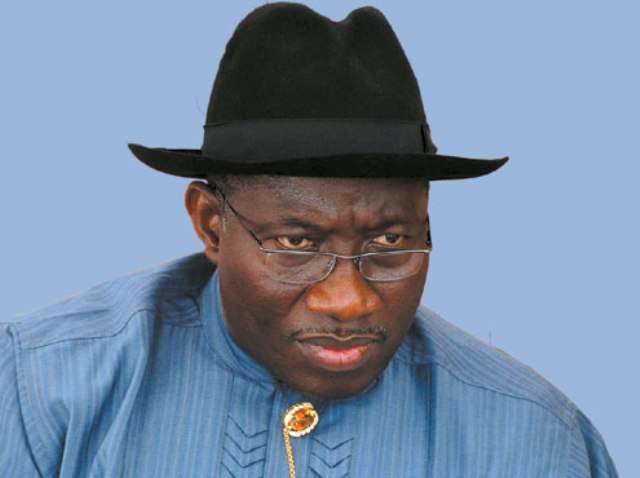
On Friday, June 7, the interbank foreign exchange market closed with 159 naira exchanging for 1 US dollar. Close watchers of the market gawked. By close of trading, Thursday, already slackened jaws dropped several ticks. The naira had slipped several ticks more! Despite the Central Bank of Nigeria’s (CBN) daily interventions in the interbank market over this 7-day period, the interbank foreign exchange rate closed at US$/NGN161.20. What roiled the market?
For a while now, all the talk around the economy have focused on the near-term outlook for the exchange rate. More than any other domestic index, consensus is that the exchange rate had (and still has) the largest potential for upsetting the economic apple cart. Thus, monetary policy has been deployed to its sustenance over the last 24 months. Dodgy, inflation numbers may be, but the Central Bank is persuaded that keeping the naira within the defined exchange corridor is the country’s best bet.
Are these bets still on? Everything will depend on how the economy’s “exposures” and “vulnerabilities” play out. Once the apex bank agreed to keep rates high in support of its exchange rate band, it was inevitable that we would attract capital flows in search of higher yields. Not just was exchange rate steady, official inflation numbers were trending down, oil prices were high (and expected to remain so), and developed markets were spotty. Add to this, the admission of Nigerian bonds into a couple of global indexes — giving fund managers extra incentive to graft a Nigerian component on to their portfolios.
The funds duly came. There is still much debate over the size of the economy’s exposure to foreign portfolio inflows (we have heard anything from US$10bn to US$12bn mentioned), but several “facts” are beyond dispute. A sizeable portion of these funds has driven the improved performance of equities in the last 18 months. Money market instruments have also gained much over the same period. And even the buildup in our external reserves may be due largely to these portfolio inflows.
Expectedly, as this exposure grew, concern began to emerge over the vulnerability of the economy to a stop and/or sudden reversal in the flows. On the upside, the markets remain convinced that supported by strong external reserves, we can afford to spend upwards of US$12bn defending the naira’s exchange rate over any three month spell and still have an honest balance in the reserves. Of course, there were worries over the monetary authority’s market nous. Beyond the vast arsenal with which it could take on the markets, issues around the CBN’s strategy have been aired. Still, the stalling of the domestic reform effort over the past four years further exacerbated these weaknesses. The fiscal buffers that we have bruited abroad in this period in evidence of the local economy’s continued resilience have happened in spite of our best efforts.
Finally, we all looked to domestic shocks to trigger these vulnerabilities, including from fiscal loosening as the incumbent administration begins to spend its way back to office; a potentially disorderly succession at the CBN, etc.
None of this has happened. Rather, according to a bank treasurer friend of mine, the significant volatility, which the markets witnessed over the last few days, has been the result of “expectation of the end of quantitative easing (QE) in the US”. According to him, as developed markets recover, and yields there improve, “‘real money funds’ (pension funds and insurance) will trim investments in fixed income and switch back into developed market equities. The net impact of this is that there has been a global withdrawal of funds from emerging market fixed income — Nigeria inclusive”.
Apparently, Nigeria recently witnessed a sell-off in the bond and treasury bill markets. After the release Thursday of the result of the Debt Management Office’s (DMO) bond auction, Wednesday, bond yields rallied to a 13.5% close from Wednesday’s 14.5%. According to the same well-heeled insider, “The DMO cut off the auction between 12.5 – 13.5%, selling only NGN20bn of the NGN85bn on offer to send a signal that they aim to try to curtail the increase in yields (bids were as high as 18%, whilst market was at 14.5%). T-bills are currently trading in tandem at 12.75%, gaining from Wednesday’s 13.25%. This is unsustainable as the secondary market will trade away from them especially if the FPIs continue to sell”.
How deep are we in this new bog? A lot is riding on how the CBN addresses itself to the problem. My contact believes, however, that “the CBN has effectively failed to hold their defined line at the first time of asking. This is important as we may see a clear break much higher, if they do not act decisively, which they appear unable to do. There is significant demand out there and people are willing to buy at these levels”.
In short, a number of feral birds might be on their way back to roost.


